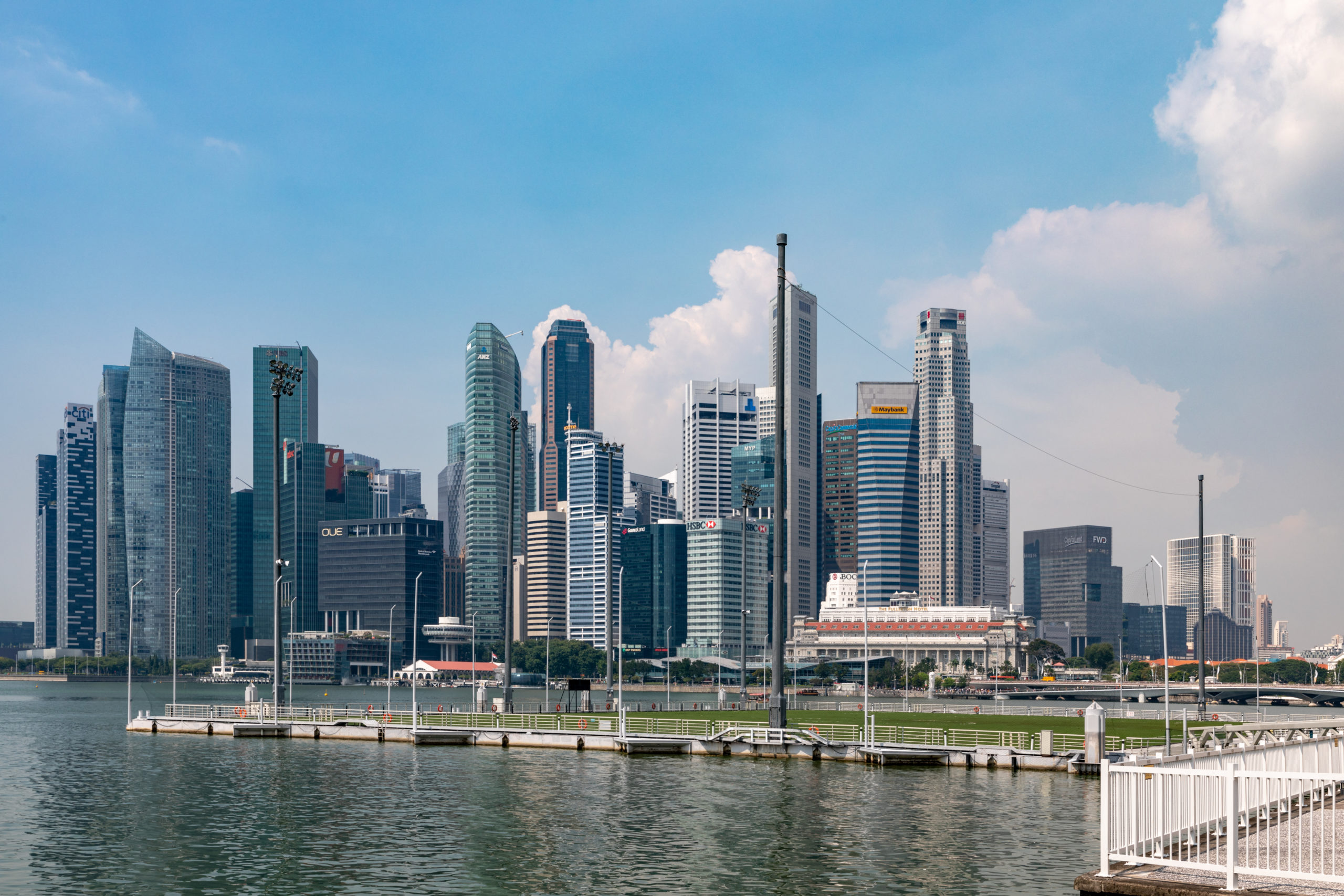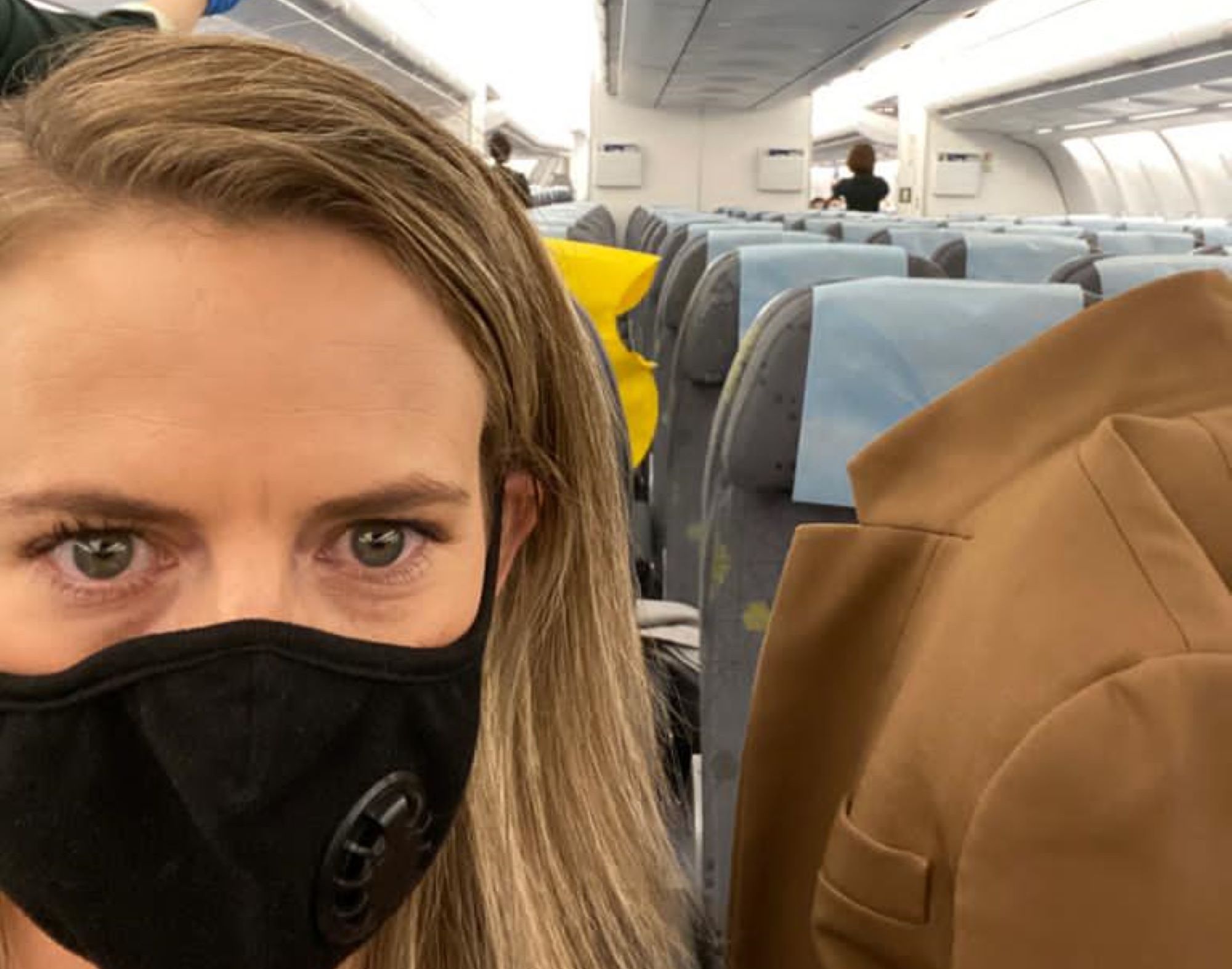Some crowded cities have been spared the worst of COVID-19

caption
Singapore SkylineSingapore and Hong Kong, despite being densely populated, have largely held the disease at bay. Other big metros have been hard hit.
Editor's Note
This story is part of a series prepared by King's one-year MJ students on the COVID-19 pandemic.
When the disease the world would come to know as COVID-19 hit Wuhan, China in December 2019, it quickly spread across the city and on January 23, 2020 the Chinese government sealed in Wuhan’s population.
No one could come or go.
By then, however, the disease had already migrated elsewhere.
The same day Wuhan was locked down, a man who had travelled from the stricken city became the first case reported in Singapore, about five hours flying time south of Wuhan.
But even though Singapore is one of the most densely populated places in the world, ripe for the spread of a virus transmitted by droplets and aerosols from infected individuals, its experience of COVID-19 has been markedly less deadly than that of many other urban areas.
The Signal looked at the experience of six densely populated cities and how they were affected by COVID-19, Toronto, Montreal, Harris County, Texas (which encompasses that state’s largest city, Houston), Lagos State in Nigeria, Hong Kong and Singapore.
Robyn Larsen, a Canadian web developer, had been living in Singapore for nearly a year when COVID-19 hit the city-state. She recounts that during the early days of the virus in Wuhan, the Singaporean government had started taking precautionary steps to prevent the spread, one of which was placing restrictions on travel. In February, when Larsen had to leave for Toronto on a business trip, she experienced the government’s proactive steps firsthand.
“Before I even walked on the plane, my temperature was checked four times in the airport.”
Singapore is a tiny area teeming with people, 8,358 per square kilometre, several times the population density of the urban part of Halifax.
In densely populated spaces, the coronavirus has more opportunities to spread and stay endemic.
“There are more people; there are more people close together. This is what that virus likes,” said Frank Curriero, a professor in the Department of Epidemiology at the Bloomberg School of Public Health at Johns Hopkins University in Baltimore, Md. Yet, the city-state has had success in controlling the spread of the virus, with the rate of infection per 100,000 residents far below many less densely populated centres.
When Larsen had to go back to Singapore, the tight travel restrictions had her changing her flight nine times.
“You either had to have a specific work permit to be able to get into Singapore or you had to be a citizen,” she said, adding that these people still had to quarantine for 14 days upon their arrival.

caption
Robyn Larsen on a second trip home to Canada in March 2020.But Larsen didn’t experience this level of strictness when she arrived in Canada in February, 2020 even though the virus had hit the country in January.
“The only question that they had asked was if you had travelled to Wuhan in the last 14 days,” she said.
Curriero said although population density is important in the spread of COVID-19, other factors affect it. One of them is different behavioural patterns.
“If we all behave the same way then maybe it’s just population density. But we all don’t behave the same way.”
Larsen agrees. As someone who has lived in both places, she said the Singaporean government is stricter with its laws—rightfully so—than the Canadian government. She said the government also communicated better with its citizens. At the same time, Singaporeans are more compliant than even many Canadians.
“At certain points like this, it’s not about maintaining freedom, it’s about maintaining safety,” she said.
Lagos State, one of the most populated cities in Africa with a population density of 6,871 people per square kilometre has also had relatively low case numbers, but Ronald Ikpe, a doctor in the state, said he thinks this because of the low testing rates.
With a population of more than 14 million, Lagos has carried out more than 200,000 COVID-19 tests.
“I actually believe that we have more than the data is showing us because of testing,” he said. The state’s testing numbers compared to Harris County—whose population is a third that of Lagos—may indicate that it’s not doing enough testing.
Ikpe also said the Nigerian government’s proactive efforts to initiate a lockdown at the beginning of the pandemic helped curtail the state’s numbers.
Even so, many were skeptical about the disease when news came of its arrival in the state.
Recently, some of his patients who exhibit some of the COVID-19 symptoms have refused to be tested. “Most times, those people might turn up positive so how do you capture those ones in your data?”
Colin Furness, an infection control epidemiologist and an assistant professor at the University of Toronto, said the life expectancy rate in Nigeria is low and may also influence the case count.
“The (older) segment of the population that would be affected has already been killed by other things,” he said. According to Lagos State COVID-19 data, there are more cases among men aged 31 to 40 women aged 21 to 30, than in other age groups.
Canada’s biggest cities
Toronto and Montreal have been among the hardest hit places in Canada.
In Toronto, Furness said there is the issue of poverty.
“Poverty comes along with race, discrimination, language, culture barriers, all that stuff,” he said, adding that Hong Kong and Singapore are wealthy regions. But Montreal’s COVID-19 cases are on the rise with a cumulative sum of 2903.8 cases per 100,000 people up to December 11, while in Toronto it was 1,605 per 100,000.
Travel restrictions have also been tighter in the Asian cities, and while stricter rules for foreign travel are being introduced, a lot of traffic still has to cross our borders.
“We have too much commerce with the United States,” Furness said.
In many Asian countries, travel bans were placed almost immediately after the virus hit and Furness said quick interventions are important to a city’s success.
“If you take very aggressive interventions early and if you test very aggressively and if you lock down aggressively when you need to, you tend to have good outcomes.”
After a summer lull in cases, which Furness attributed to the warmer weather and not effective management, officials in Ontario and Quebec were reluctant to return to stricter measures such as had been seen in the spring lockdowns. Case numbers accelerated in the late fall, and tough lockdown measures were re-imposed starting in December, as both Toronto and Montreal struggled with high case numbers.
The success of Hong Kong and Singapore has been despite having a lot of inter-generational living arrangements and crowded housing conditions for many residents.
In Hong Kong, an average family has grandparents, parents and children living together.
“Rent is expensive,” said one Hong Kong resident.
“People often stay at home until into their thirties.”
Still, Hong Kong had kept the spread of COVID-19 to 98.1 cases per 100,000 people, as of December 11.
The man and his partner asked that their names not be used, because they fear they will lose their jobs. They are South African and have been living in Hong Kong for more than 12 and six years, respectively.
The man thinks the region has been successful in curtailing the spread of COVID-19 because of a proactive government and obedient residents.
“What was noticeable here was how much sooner the population, as well as the government, reacted,” he said.
He believes many Asian countries were able to manage COVID-19 because they had experience with Severe Acute Respiratory Syndrome, which also hit Toronto hard. And even before masks became mandatory in Hong Kong, the woman said, people wore surgical masks when they were sick.
“Seeing someone in a surgical mask was not uncommon in Hong Kong, ever.”
Furness said citizens’ trust in the government, as well as their compliance, also matters.
“Any society that favours individualism over the collective in an emergency–and this is what the United States is doing–is going to have bad outcomes.”
He also thinks Asians are more collectively responsible than the Americas. “This is the Asian sensibility,” he said. “By and large, there is a greater cohesion or affinity to the group, to the larger whole, to the social whole, than to the individual. It’s just cultural.”
Lessons from Atlantic Canada
Not everywhere in Canada has been so hard hit, with Nova Scotia having had more success in tamping down infection numbers.
Dr. Susan Kirkland, a Dalhousie University epidemiologist agreed. She said although Nova Scotia is advantaged because it’s not densely populated, there’s more to the province’s success than that.
“In the Atlantic region, we have been very proactive. And we’ve acted fast and we’ve acted hard,” she said. “As a consequence, the public has been very responsible and responsive in their actions.” The Nova Scotia central region comprising the Halifax Regional Municipality and West Hants had about 280 cases per 100,000 residents as of December 13.
Kirkland said the province has also done a good job of tracing and aggressive testing. “The hallmarks of a pandemic response are test, trace and isolate.” And she doesn’t think other governments in Canada have responded the way the Nova Scotia government has.
“If you look at the way policies in which have rolled out in Halifax versus the way policies have rolled out in Toronto, there’s absolutely no comparison.”
The bottom line for having successful COVID-19 outcomes, she said, is acting quickly. “If you wait too long and there’s too many cases, it’s just impossible to get it under control again.”
Editors note: Most of the reporting on this story was completed in November and December. Since then, the number of total cases in Hong Kong has increased to slightly more than 10,000. While edging toward a doubling in total case numbers, the rate per 100,000 at the end of January, at 136, was still only a small fraction of that in places such as Toronto, Montreal and Harris County (https://www.info.gov.hk/gia/general/202101/26/P2021012600598.htm).
Singapore also continues to record low case numbers relative to its population (https://covidsitrep.moh.gov.sg/), with about 1,026 cases per 100 people to February 1.
Toronto saw its case numbers hit a record high on January 8 before falling off to levels about the same as in late 2020. The cumulative cases per 100,000 was 2,856 by February 1. In Montreal, it was 4,873. Harris County sat at 6,663 cases per 1000 population as of January 31.
About the author
Seyitan Moritiwon
Seyitan is a journalism student at the University of King's College. She hung her lab coat after her degree in microbiology to start a career...
